 |
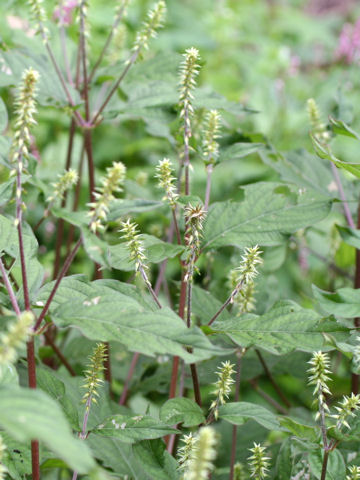



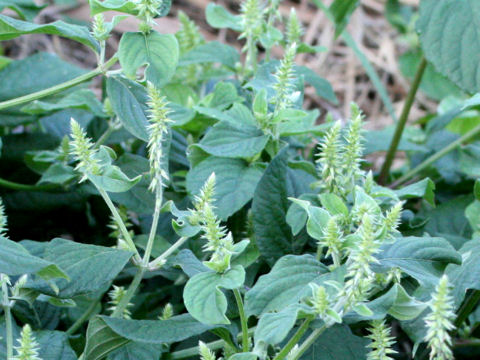



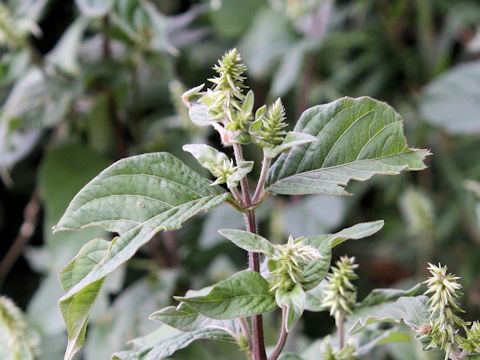

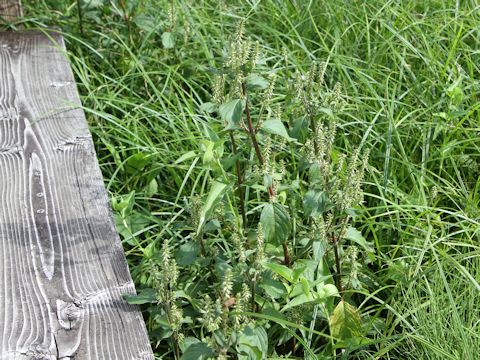



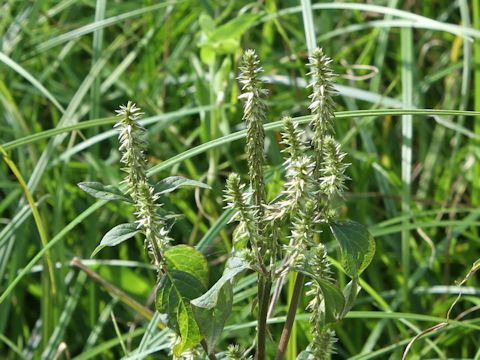

|

|
íªÌ{B©çlEãBA»êÉ©N¼âɪzµÄ¢Ü·Bú½èÌæ¢Ñâ¹[ɶ¦A³ÍTO`POOZ`ÉÈèÜ·B¼OÍAßê¾Á½sÌ©½¿ªACmVVÌrÉé±Æ©çBuЩ°¢Ì±Ã¿vÉä×éÆsâÔ䪾AÔà§WµÄ¢Ü·BܽúÝÌ ét̪AgóÉPêé̪Á¥Å·BªÍGi²µÂjÆÄÎêA¿ûòÉgíêÜ·B
|

|
qÈCmRY`®Ì½NÅAw¼Í Achyranthes faurieiBp¼Í èܹñB
|

|
"Hinata-inokozuchi" (Achyranthes fauriei) belongs to Amaranthaceae (the Amaranth family). It is a perennial herb that is native from Honshu to Shikoku, Kyushu of Japan, as well as the Korean Peninsula and China. This herb grows in sunny forest edges or roadsides, and can reach 50-100 cm in height. The stems and flowering spikes are thicker and the flowers are denser than> Japanese chaff flower (Achyranthes japonica). It is defined by wavy, thick leaf margins. The roots are called "Goshitsu" (Achyranthes root), and used as a Chinese herbal medicine.
|

|
[ãEP] åã{lðës§ãuÞ뢯nvÉÄA2005N0927úBeB
[Q] ïé§_²sykÉÄA2009N0910úBeB
[RES] çt§æsåpÉÄA2011N0819úBeB
[T`UEº] ÈاúõsOËu¼¶vÉÄA2013N0824úBeB
|









